
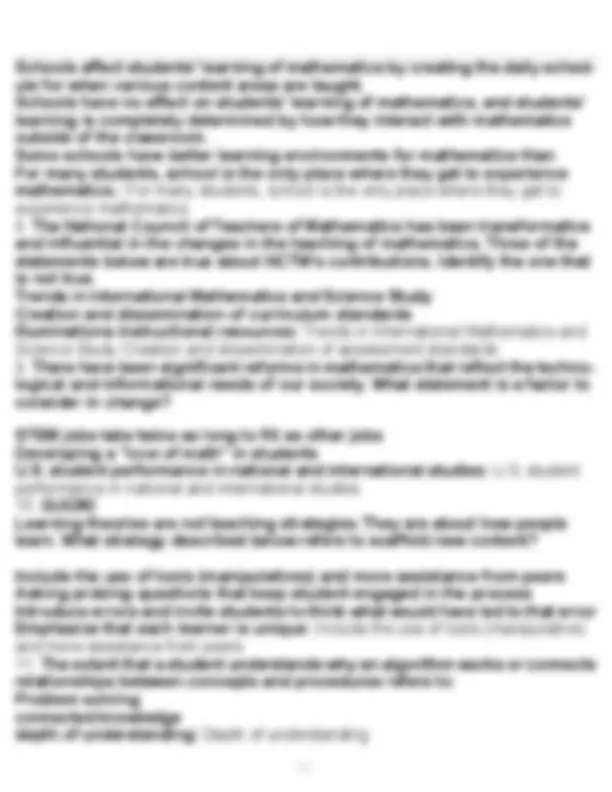
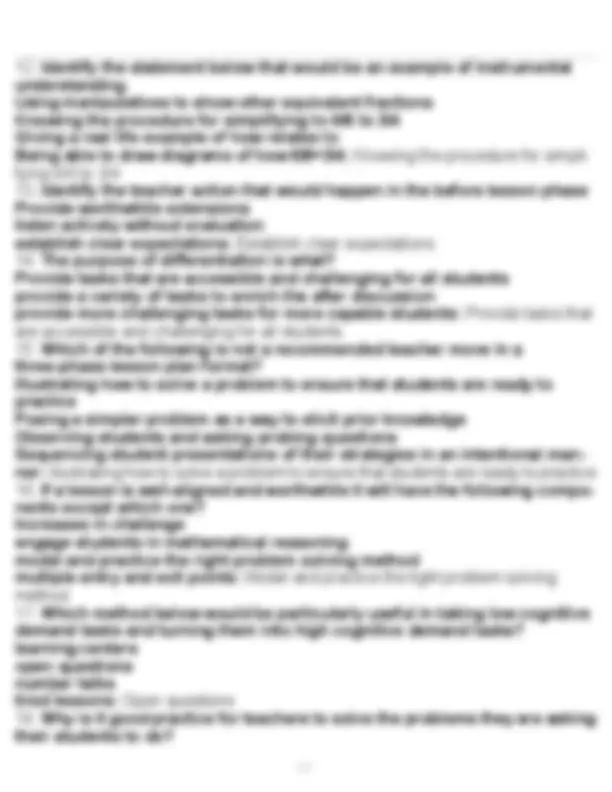
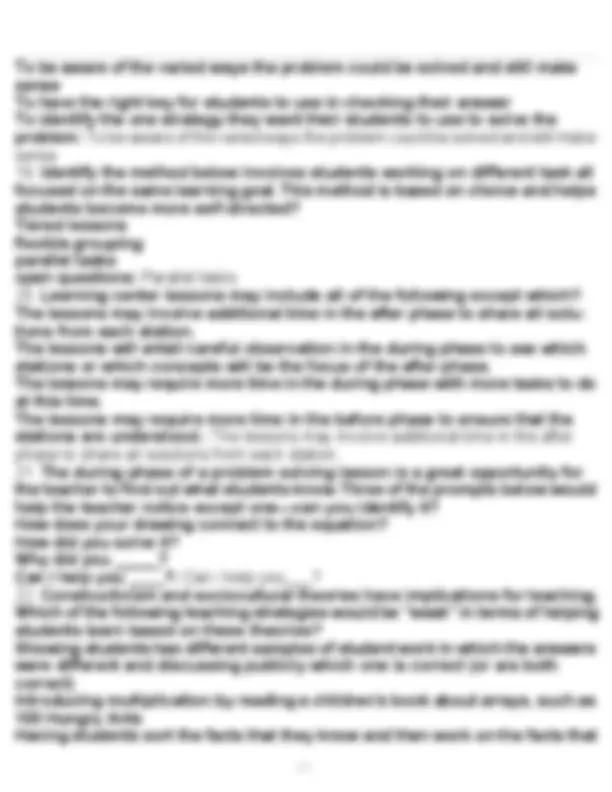
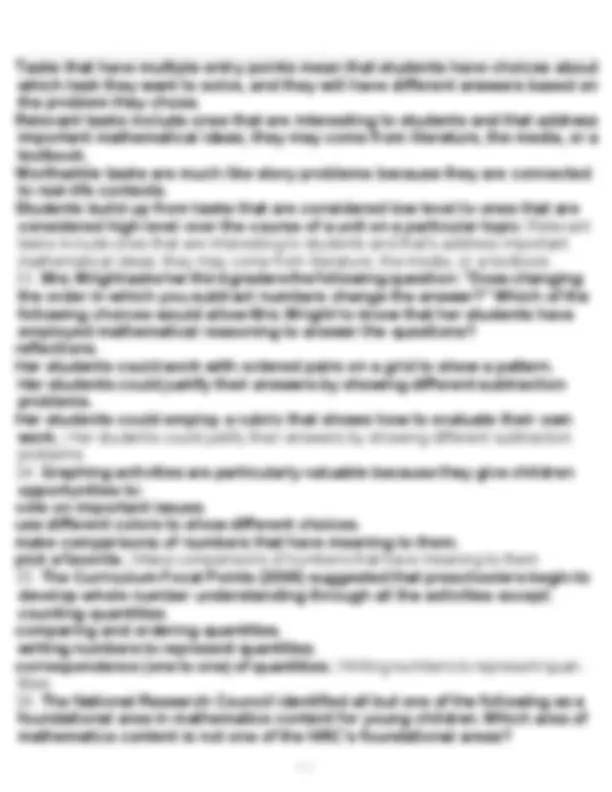
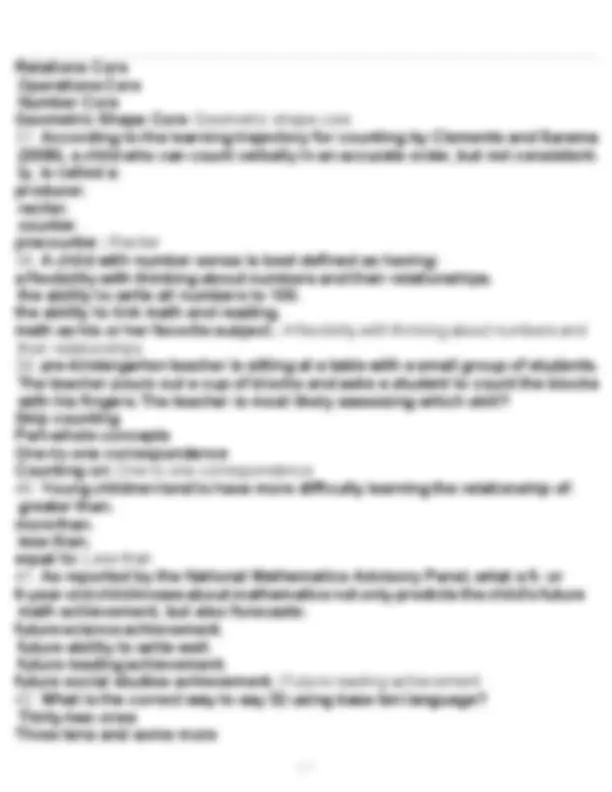
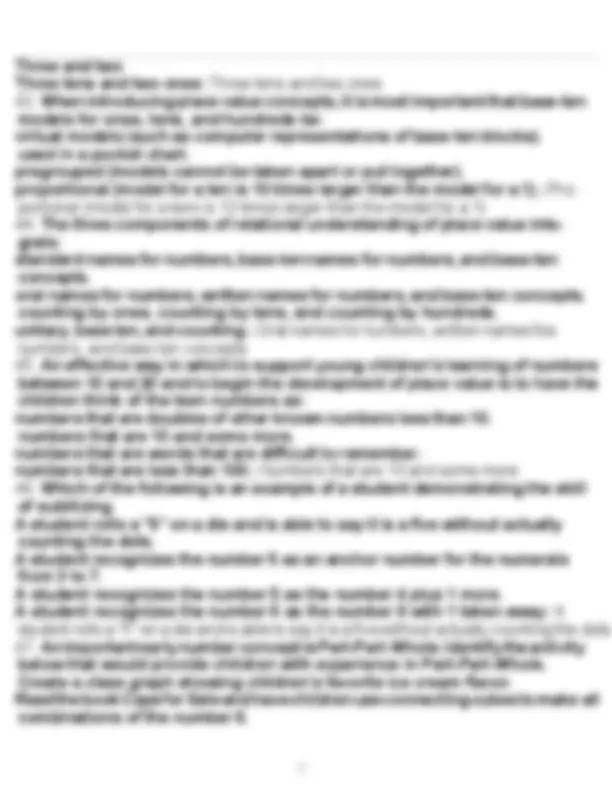
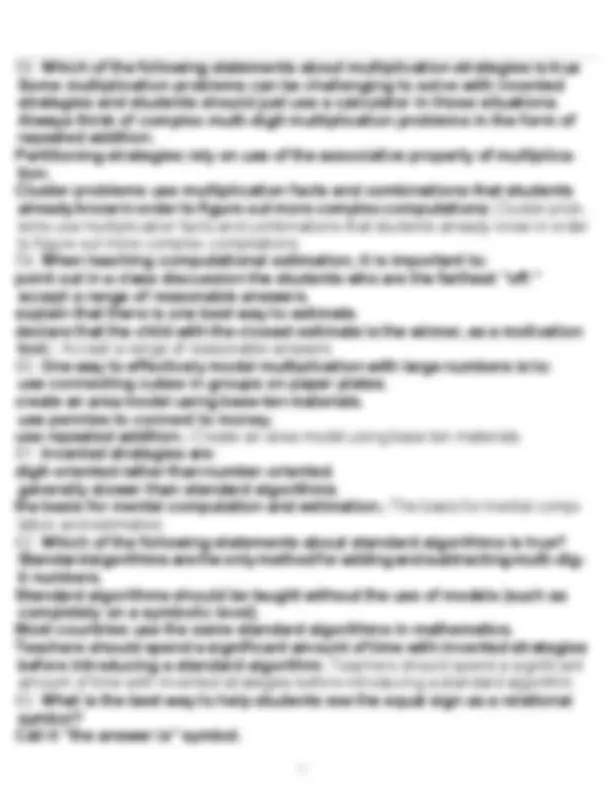
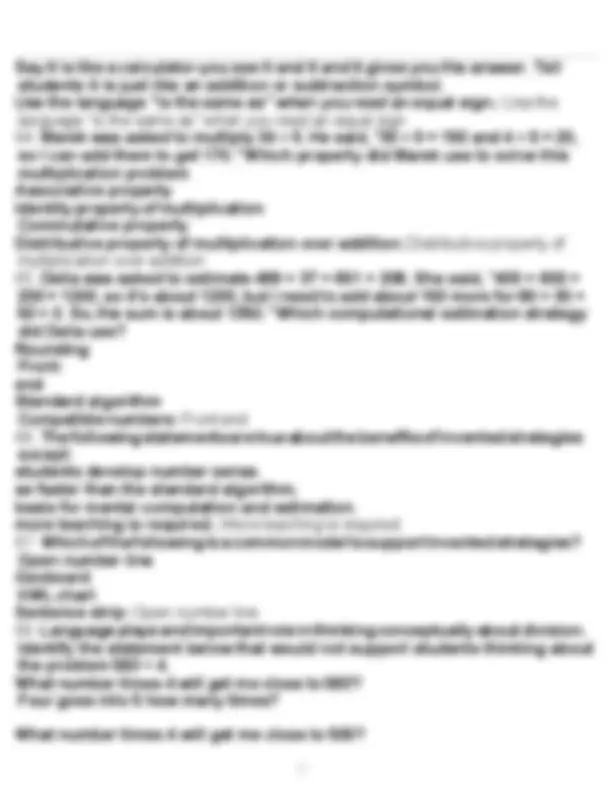
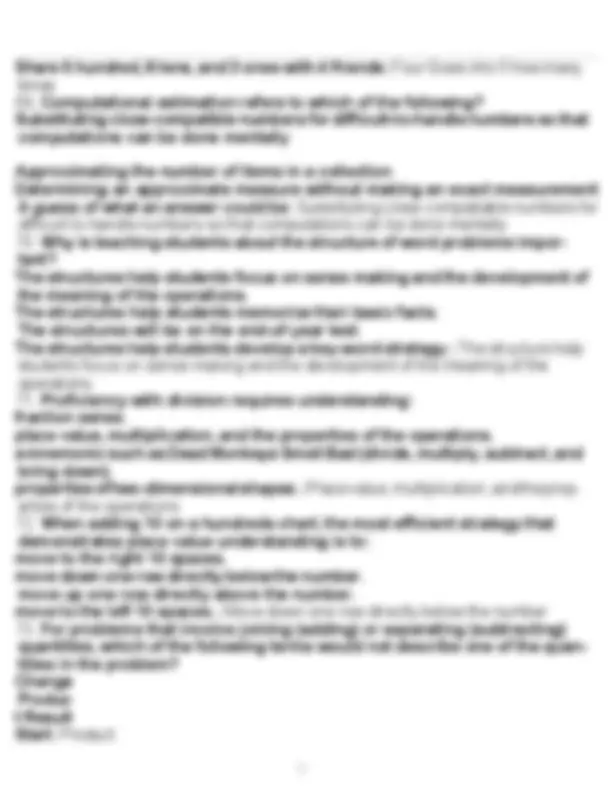


Study with the several resources on Docsity

Earn points by helping other students or get them with a premium plan


Prepare for your exams
Study with the several resources on Docsity

Earn points to download
Earn points by helping other students or get them with a premium plan
Community
Ask the community for help and clear up your study doubts
Discover the best universities in your country according to Docsity users
Free resources
Download our free guides on studying techniques, anxiety management strategies, and thesis advice from Docsity tutors
MATH METHODS TEST #1 EXAM QUESTIONS AND ANSWERS WELL ILLUSTRATEDMATH METHODS TEST #1 EXAM QUESTIONS AND ANSWERS WELL ILLUSTRATEDMATH METHODS TEST #1 EXAM QUESTIONS AND ANSWERS WELL ILLUSTRATEDMATH METHODS TEST #1 EXAM QUESTIONS AND ANSWERS WELL ILLUSTRATEDMATH METHODS TEST #1 EXAM QUESTIONS AND ANSWERS WELL ILLUSTRATED
Typology: Exercises
1 / 17

This page cannot be seen from the preview
Don't miss anything!










1 / 17
2 / 17 standard that highlights how mathematical concepts relate to real-world and other subjects. Representation Connections Problem Solving Communication: Connections
4 / 17
5 / 17 To be aware of the varied ways the problem could be solved and still make sense To have the right key for students to use in checking their answer To identify the one strategy they want their students to use to solve the problem: To be aware of the varied ways the problem could be solved and still make sense
7 k/ k 17
8 k/ k 17 Tasks kthat khave kmultiple kentry kpoints kmean kthat kstudents khave kchoices kabout kwhich ktask kthey kwant kto ksolve, kand kthey kwill khave kdifferent kanswers kbased kon kthe kproblem kthey kchose. Relevant ktasks kinclude kones kthat kare kinteresting kto kstudents kand kthat kaddress kimportant kmathematical kideas; kthey kmay kcome kfrom kliterature, kthe kmedia, kor ka ktextbook. Worthwhile ktasks kare kmuch klike kstory kproblems kbecause kthey kare kconnected kto kreal-life kcontexts. Students kbuild kup kfrom ktasks kthat kare kconsidered klow klevel kto kones kthat kare kconsidered khigh klevel kover kthe kcourse kof ka kunit kon ka kparticular ktopic: kRelevant ktasks kinclude kones kthat kare kinteresting kto kstudents kand kthat's kaddress kimportant kmathematical kideas; kthey kmay kcome kfrom kliterature, kthe kmedia, kor ka ktextbook.
10 k/ k 17 Three kand ktwo Three ktens kand ktwo kones: kThree ktens kand ktwo kones
11 k/ k 17 Use ka kset kof kcounters kand kcards kfor kexploring kmore, kless, kor ksame. Use kdot kcards kand khave kchildren kplaykWar.: kRead kthe kbook kCAPS kfor ksale kand khave kchildren kuse kconnecting kcubes kto kmake kall kcombinations kof kthe knumber k 6
13 k/ k 17
14 k/ k 17 Say kit kis klike ka kcalculator-you ksee kit kand kit kand kit kgives kyou kthe kanswer. kTell kstudents kit kis kjust klike kan kaddition kor ksubtraction ksymbol. Use kthe klanguage k"is kthe ksame kas" kwhen kyou kread kan kequal ksign.: kUse kthe klanguage k"is kthe ksame kas" kwhen kyou kread kan kequal ksign
16 k/ k 17
17 k/ k 17